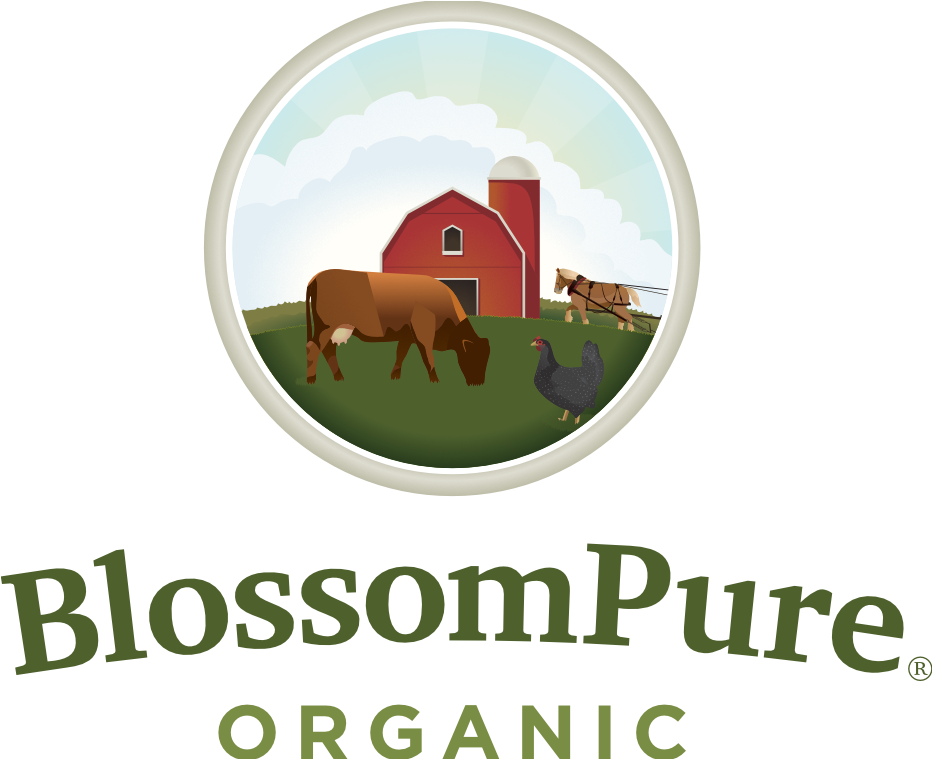Grass-fed beef is a popular phrase appearing frequently on internet forums, healthy lifestyle blogs, and product packaging.

What is 100% grass-fed beef?
“100% grass-fed” means the animal was raised entirely on a natural diet of grass and haylage. After the calves consume their mother’s milk for ten months, they go on to consume grass for the duration of their life. Most conventional cattle herds are raised on a heavy grain to encourage unnatural growth to produce. Our cattle are raised on a natural diet and live their full lives to encourage prized marbling.
Why eat grass-fed beef?
For health benefits: Meat from grass-fed meat compared to grain-fed meat has less saturated fat, cholesterol, and calories. It contains more vitamin E, beta-carotene, vitamin C, and multiple healthy fats, such as conjugated linoleic acid (CLA). Grass-fed meat also contains the optimal ratio of omega-3 to omega-6, which are fatty acids essential for heart health, fighting inflammation, improving sleep, and crucial for brain development. Source

(Searles, SK et al, "Vitamin E, Vitamin A, and Carotene Contents of Alberta Butter." Journal of Dairy Science, 53(2) 150-154.)
For animal welfare: When you support small-scale grass farmers, you’re supporting farmers who nurture their herds with attention and care. They are farmers who rotate their crops and pastures, and are dedicated to the welfare of the animals they raise. Grass-fed animals roam free, and are never crowded, therefore they rarely get sick or need to be medicated. They stay nourished and healthy (unlike CAFOs - Confined Animal Feedlot Operations), which reduces or completely eliminates health problems and diseases.
For the environment: Including the special attention to detail to crop and pasture rotation, the natural sugars in a grass-fed cow’s diet utilize proteins more efficiently. As a result, the beef produce less methane. Manure is spread evenly nourishing the earth and ensuring next year’s pasture growth. Biodynamic and sustainable farming practices mean nothing goes to waste and nothing is created in excess, thus working in harmony with nature.
(Source: Institute for Environmental Research and Education)

(Source: Institute for Environmental Research and Education)
How do I afford grass-fed beef?
Grass-fed beef can be incredibly affordable. Buying in bulk, coordinating a group of friends or colleagues to purchase a whole cow or cows (cut and distributed to your liking), and familiarize yourself with more economical cuts of beef such as brisket, chuck, ribs and stewing beef.
Think quality, not quantity. Prioritize your meals! Our health is all we have at the end of the day.

Why don’t all farmers raise grass-fed beef?
Some farmers believe there’s no demand or profit in raising grass-fed beef. There are other reasons such as:
Remember: farmers work incredibly hard from 9 to 16 hours a day, and 7 days a week. They perform this labour of love not just to feed communities, but their own families, and YOU.

